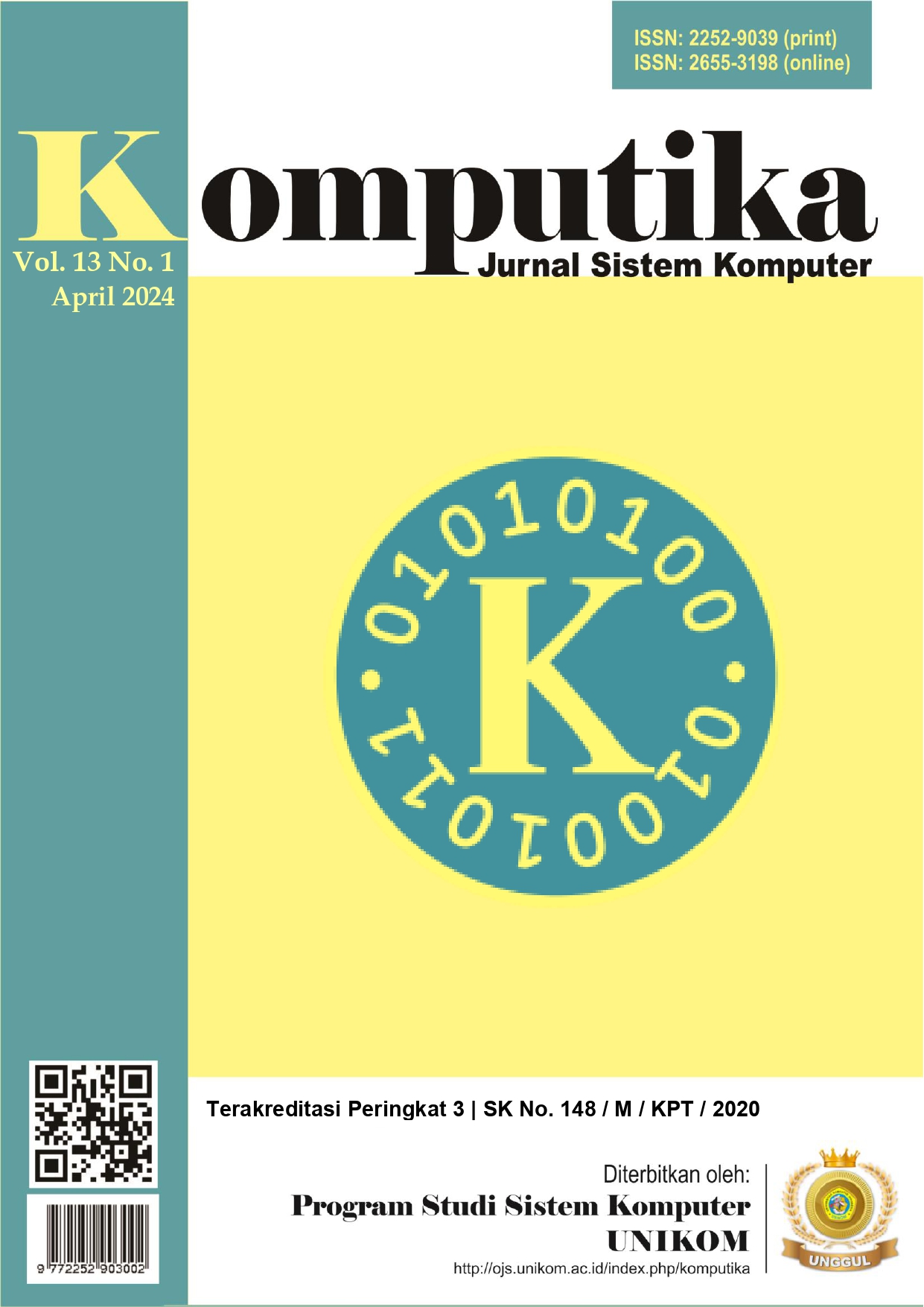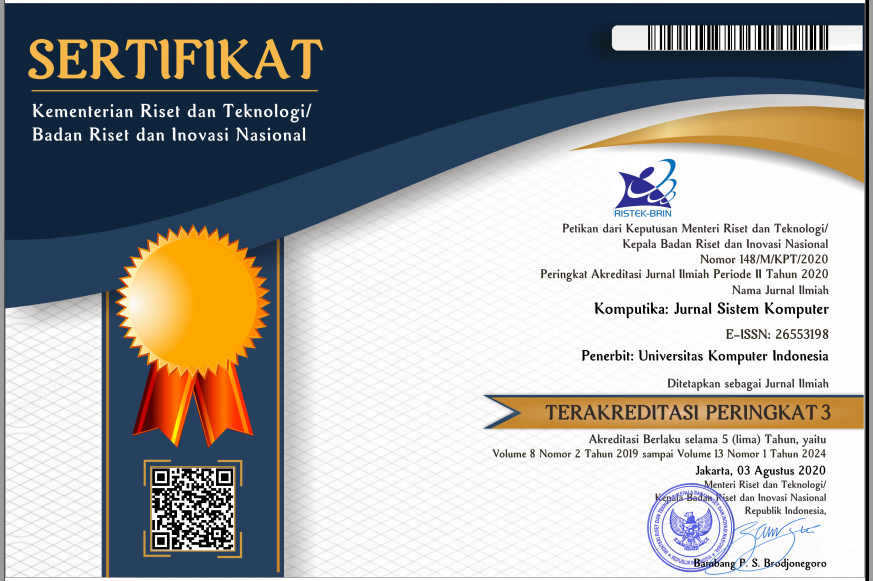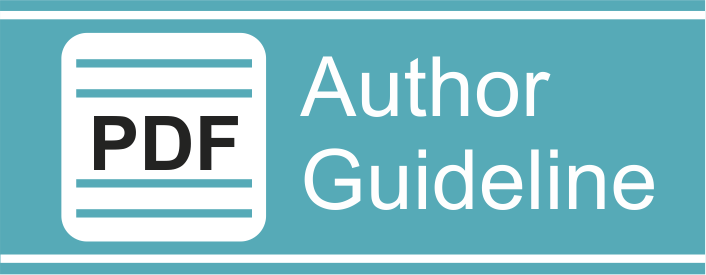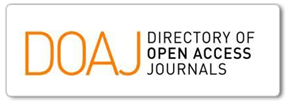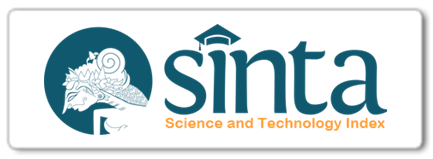Pengenalan Huruf BISINDO Menggunakan Chain Code Contour dan Naive Bayes
DOI:
https://doi.org/10.34010/komputika.v13i1.10360Abstract
Digital image processing, also known as digital image manipulation, is a method used to process or manipulate digital images. Digital image processing can address various problem domains, one of which is the recognition of Indonesian Sign Language (BISINDO) letters used by the deaf and speech-impaired individuals for communication. The aim of our research is to develop a digital image-based application that can recognize BISINDO letters from A to Z with a high level of letter similarity accuracy. The BISINDO letter dataset consists of 260 images, divided into an 80% (208 images) training data set and a 20% (52 images) testing data set. The letter recognition process begins with pre-processing, including converting RGB images to grayscale, segmentation using thresholding, morphological opening, and Sobel edge detection. The shape feature extraction is then performed using Chain Code Contour. The values obtained from this feature extraction are used in the final stage, which is the recognition of BISINDO letter images using the Naive Bayes classification method. The research involves two testing scenarios: a database scenario and an out-of-database scenario, each with three dataset divisions: 80:20, 70:30, and 60:40. The results of the database scenario testing with an 80:20 dataset division achieved 100% accuracy, while the 70:30 division achieved 92.3% accuracy, and the 60:40 division achieved 88.4% accuracy. In the out-of-database scenario, the 80:20 dataset division achieved 80.7% accuracy, the 70:30 division achieved 73.07% accuracy, and the 60:40 division achieved 75.9% accuracy. Based on the conducted testing, the best accuracy was obtained with the 80:20 dataset division, achieving 100% accuracy in the database scenario and 80.7% accuracy in the out-of-database scenario. This indicates that the Chain Code Contour shape feature extraction method and Naive Bayes classification method are capable of recognizing BISINDO letters effectively.

